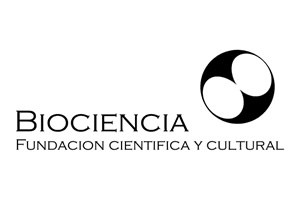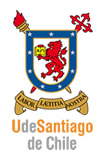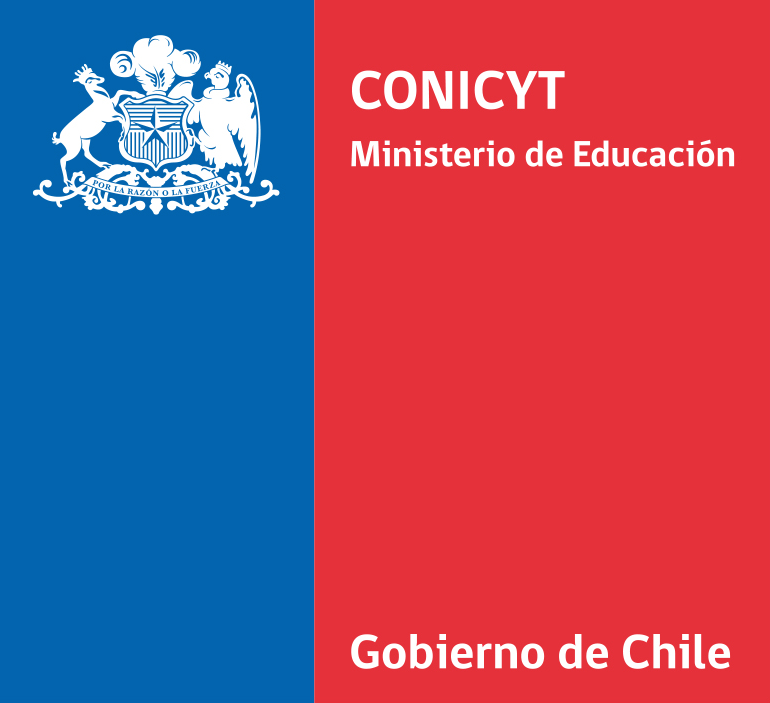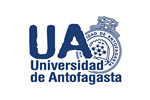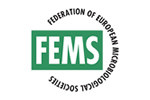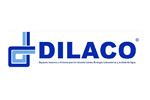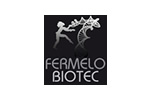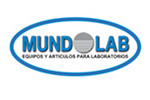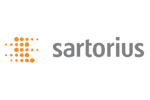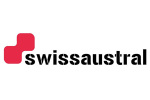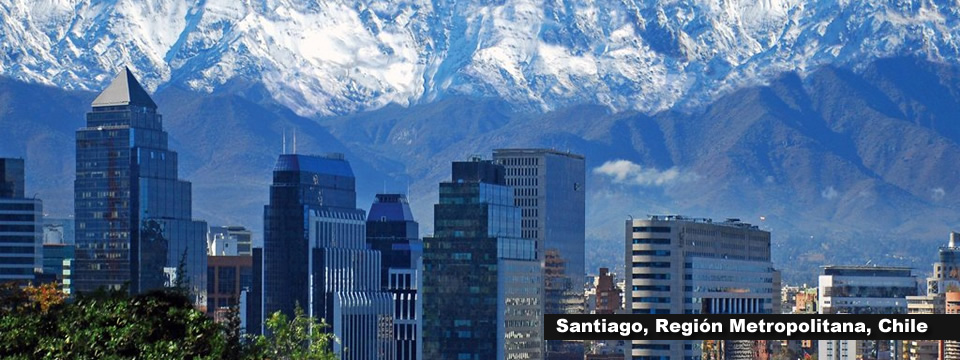
Main attractions in Santiago
http://www.southamerica.cl/Chile/Santiago/Cerro_Santa_Lucia.htm
This hill was the original founding place of Santiago, currently adorned with wonderful facades, fountains and stairways including Terraza Neptuno. (Subway Santa Lucia station, Line 1)
http://www.southamerica.cl/Chile/Santiago/Santa_Lucia_Craft_Market.htm
The most traditional place to buy handicraft and souvenirs in Santiago. Located across Santa Lucia hill. (Subway Santa Lucia station, Line 1).
http://www.southamerica.cl/Chile/Santiago/Paris_Londres.htm
One of the oldest neighborhood in Santiago, still maintained its old architecture. “(Subway Universidad de Chile station, Line 1).
http://www.southamerica.cl/Chile/Santiago/Patio_Bellavista.htm
In the heart of the bohemian Bellavista district, this beautiful area has become a meeting place for tourists and locals alike. Here you will find around 50 shops and restaurants to enjoy, as well as cultural events from music to art. It’s a great place to spend an evening. “(Subway Baquedano station, Line 1).
The main square of Santiago was designed when Pedro de Valdivia founded the city in 1541. The West flank was reserved for the church, where the Cathedral now stands. The present construction was built between years 1748-1775 and is the fifth one to be constructed on the site, due to earthquakes. The surrender buildings were constructed during the same historical time. There are a few cafes around the plaza. One of the most interesting statues depicting the Mapuche (indigenous) heritage is located in the South-East corner of the square. At the North-West corner you will find a statue of Pedro de Valdivia riding a horse. “(Subway Plaza de Armas station, Line 5).
Is the Presidential Palace, although there is no formal tour, the change of guard is an usual attraction for tourist taking place at 10 am. in the morning every second day. This building counts with an underground museum that hosts several different exhibitions throughout the year, mainly of chilean artists. (Subway La Moneda station, Line 1).
Is the highest point of Santiago (880 m above sea level). On its peak is the statue of the Virgin Mary which is illuminated at night as a guardian for the city, it was inaugurated in 1908, by initiative of the archbishop of Santiago. The statue, visible from a large part of the city, is considered as a symbol of Santiago. The walk up is rather long and most travelers choose go by taxi, tour bus, cable car. (Subway Baquedano station, Line 1).
One of Pablo Neruda’s houses in Chile, it is located in the bohemian artistic district of Santiago, called Barrio Bellavista. The house is open for guided tours every weekday, except Mondays (10am-6pm). This building contains many collections, books, and artwork made by his third wife and his friends. Located at Márquez de la Plata 0192, built on Cerro San Cristóbal itself. (Subway Baquedano Station, Line 1).
While normally this park is quiet, on Sunday the park and neighboring streets become alive as they are filled with street performers such as jugglers and actors, making it a fun environment for families. The main focal point of people is around the Museo Bellas Artes, especially behind it. On Sunday the entrance to the museum is free. “(Subway Bellas Artes station, Line 5).
In this residential area you will find creative industry and commerce with an innovative cuisine, design, art, culture and entertainment. You may find shops, cafes, restaurants and hostels, “(Subway Parque Bustamante station, Line 5).
Getting Around
Santiago has one or the cleanest and most efficient subway system in the world. It is delightfully clean at all times and you can be sure of getting from one place to another easily. For the ticket payment, a ‘BIP’ card can be used (it is also possible to used in buses). The rush hours are between 7-9 AM and 6-7 PM. The subway network is composed by five lines, being Line 1, or the red line, the most important for tourists visiting the area (it goes below Santiago´s main streets).” Sacar en “Buses” el texto. En “taxis” sacar texto y colocar “The taxis are a safe option for safe transportation. Taxis charge you CLP$300 and then around CLP$130 per 200 metres or 60 sec.” Sacar “Colectivos (Shared taxis)
Check out our page exclusively about taking buses in Santiago: Santiago Bus System
As Chile is a generally safe country, the taxis tend to also be a safe form of transportation. All normal taxis are the same colour (black and yellow) with an orange license plate number. Some Hotel taxis are different colours (usually a dark blue) though also with an orange license plate number. Taxis charge you CLP$250 and then around CLP$100 per 200 metres however, they are allowed to charge more at night. Rather than give a tip, you normally just round up the final fare.
Perhaps a little more comfortable than cramming into the bus you can cram into a shared taxi called a Colectivo. These specially indicated taxis drive along a fixed route, generally leaving from Metro stations. Usually the driver waits until the car is full (with 4 passengers) before it heads off.
 Thermophiles 2015
Thermophiles 2015